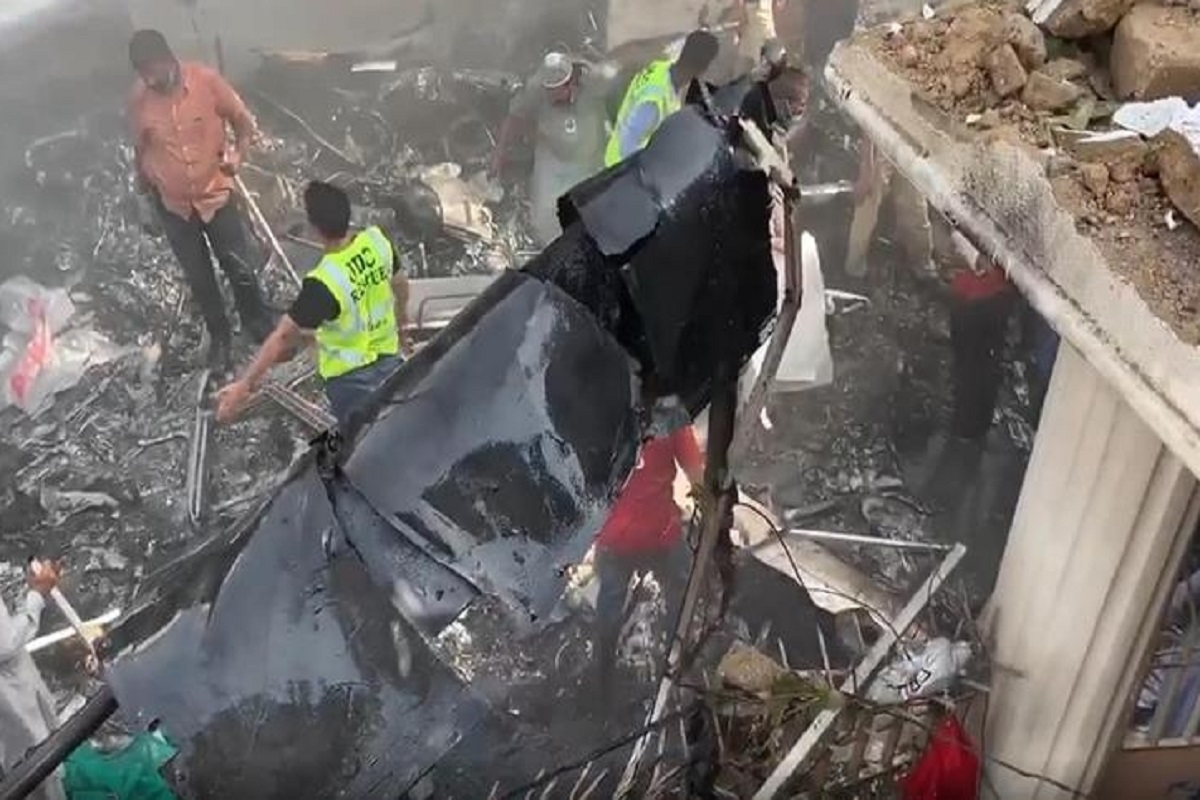The decision of the American administration to withdraw permission granted to Pakistan International Airlines for operation of special direct flights to repatriate citizens is the latest blow suffered by the country’s airline industry. The airline had been permitted to operate 12 such flights, of which five are still to take to the skies and which now will not. Earlier, the European Union had banned PIA flights while other airlines that employ Pakistani pilots and engineers had de-restored them pending investigations into the validity of their licences.
These actions have come in the wake of a decision by Pakistan to ground 262 of its pilots ~ nearly one-third of those on the roster ~ while the authenticity of their licences is ascertained. The revelations had come to light in the wake of a PIA crash in Karachi in May that led to 97 deaths. Pakistan’s government has been widely criticised by the country’s Opposition for blowing the lid off the scandalous situation and causing embarrassment internationally, almost as if to suggest that the country might have been better off brushing things under the carpet.
Advertisement
Indeed, narratives in Pakistan have even sought to project decisions by aviation authorities around the world as unfairly targeting the country’s pilots. One narrative has even drawn comparisons with India where about a decade ago, some pilots were arrested for operating with forged licences and asked why the EU does not ban Indian pilots. In India, as is the situation elsewhere, the process of becoming a commercial pilot is on paper an arduous one, and for good reason.
After extensive tests, including medical and psychological ones, a candidate must complete at least 200 hours of flying before taking an examination conducted by the Directorate General of Civil Aviation. A candidate is required to clear this with at least 70 per cent marks. In 2011, questions had been raised about the authenticity of licences and suggestions made that several hundred pilots might have dubious credentials after it was detected that a few had slipped through the cracks in certification to meet the demands of an industry that was then booming and clearly wasn’t asking the right questions.
While aviation is now in recession, it must be admitted that the attractions of a pilot’s job might tempt some to cut corners even now. This makes it necessary for regulatory authorities to constantly remain alert. While it is tempting to gloat at Pakistan’s discomfiture because of the global spotlight turned on its pilots, India’s civil aviation authorities would be well advised not to be complacent.
With only one-half of domestic operations allowed because of the corona pandemic, many pilots must be cooling their heels. DGCA should utilise this opportunity to launch an intensive drive to check all pilot certifications. All representative bodies of pilots should support such an initiative whose objective should be to set up a gold standard for Indian commercial aviation. In an industry now in recession, only the best will find jobs.











